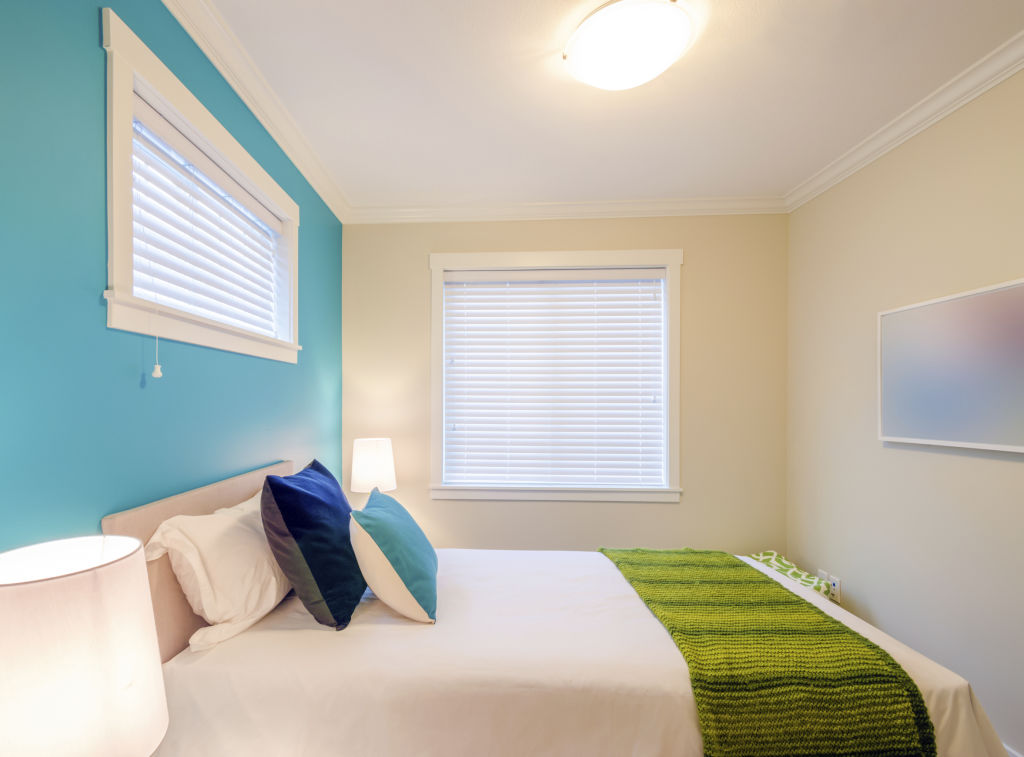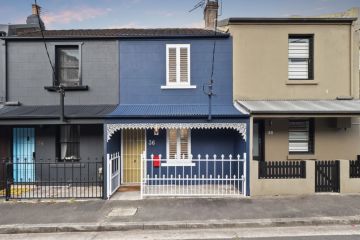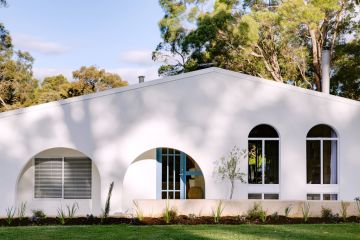The psychology of colours

Colour plays a huge role in the home, not just with how it looks, but how we feel. So it is important to take that into consideration when choosing colours for specific rooms.
Scientific tests have shown that when humans are exposed to different colours, our physical, mental and emotional states alter slightly. The effects can vary from a physical change in blood pressure and body temperature through to an alteration in our perception of space and distance. It has a marked influence on our mood and even our appetite.
Who lives here?
When considering your options, keep in mind the occupants who will be affected; for instance, babies and young children will be more sensitive to the effects of colour than adults, so care should be taken when choosing a colour for their surroundings.
Tone should always be factored into colour choice. Brighter hues will increase the impact of the colour, whereas those that are muted and ‘toned down’ tend to be more relaxing.
What colour is best where?
Colours are generally either warm or cool. Warm hues (red, orange, yellow) can trigger a range of emotional effects, from comfort to aggravation, while the cooler hues (blue, green, lavender and grey) can evoke emotions ranging from calming to depressing.
Cooler hues are good for rooms that get the hot sun from the west in the afternoon; warm hues are better for south-facing rooms.
- If your life is stressful, you might want to paint the rooms where you rest and relax, such as the family room or bedroom, in pale blue or soft greens as they have a calming effect. Taupe will also create a tranquil environment, but with more warmth and cosiness.
- Like a splash of sunshine, yellow can lift the spirits and brighten your outlook, so to inject some energy and optimism into your surroundings consider using yellow, apricot, cinnamon or tangerine.
- Many instantly reject the idea of black in the home, yet it can have an uplifting effect in the right space.
- Red is good in the kitchen and dining room as it increases the appetite. But beware, it has also been found to increase heartbeat and arouse passion or even aggression. Conversely, blue acts as an appetite suppressant, so won’t go well in the dining room.
- Orange is a lively, welcoming colour. Try it in entranceways and family rooms.
Not so black and white
The wonderful reality of colour psychology is there can be no generalisation, it still comes down to individual taste. So before you rush off to buy the perfect shade of yellow for the conjugal bedroom, check your partner’s response first.
The safest way to introduce colour for effect might be in bed linen, curtains or cushions, as a feature wall or on the inside a cupboard. Live with that a while and see how it affects everyone before starting on the walls. Most importantly, have fun finding a colour scheme that expresses your personality and makes you feel good.
We recommend
We thought you might like
States
Capital Cities
Capital Cities - Rentals
Popular Areas
Allhomes
More
- © 2025, CoStar Group Inc.







